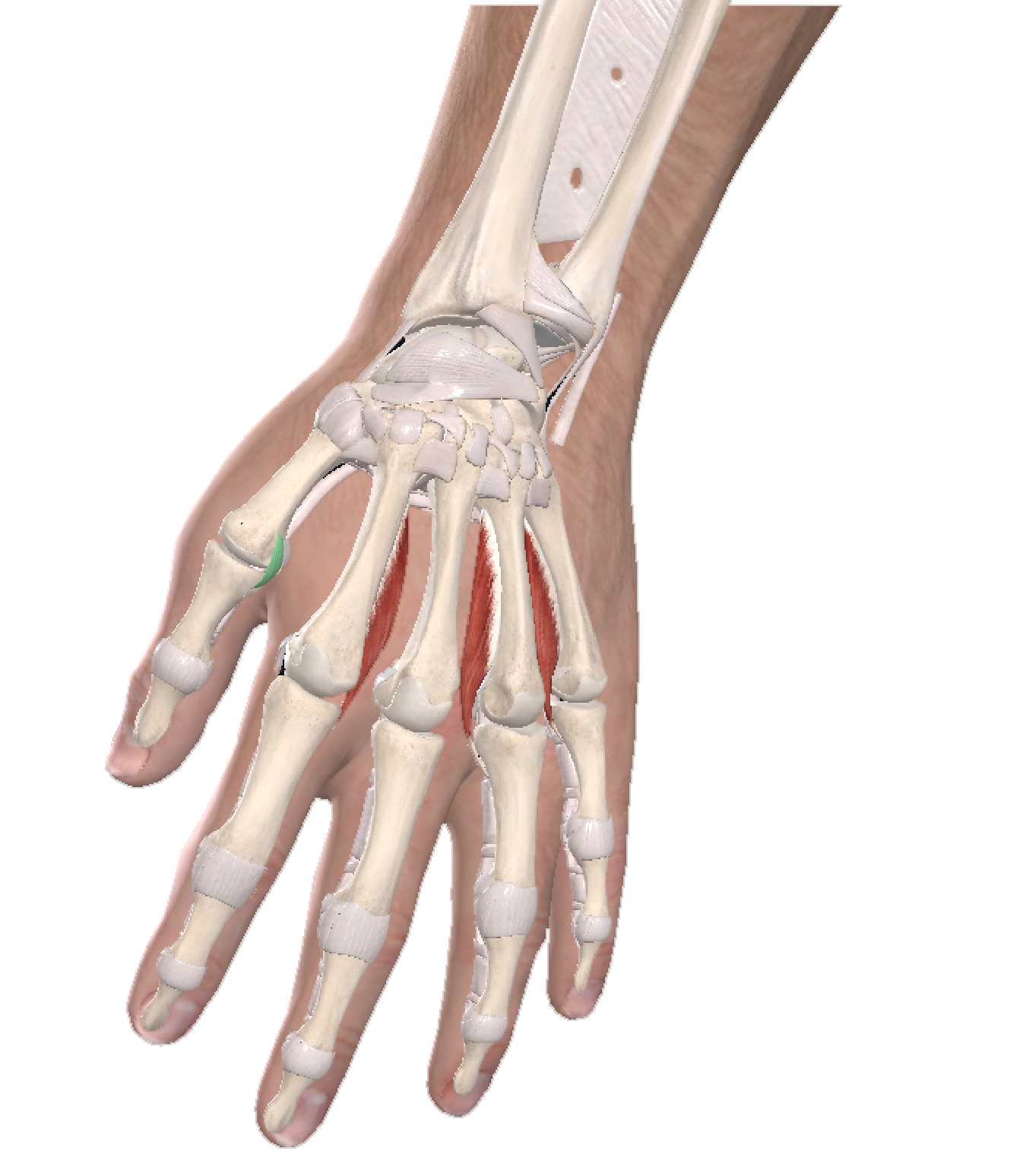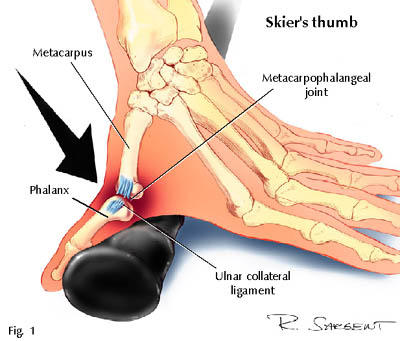Skier Thumb - The causes, symptoms and treatments
Skier's Thumb (UCL tear) – causes, symptoms and treatments
reviewed by doctors of Asia Medical Specialists
Introduction
 |
Skiing now becomes a mainstream winter activity for a family. While choosing the best ski resort and skiing gear, it is important to take note of the common skiing injuriesand how to prevent them.
Skiing accidents are the most common causes of damage to the ligament that cause skier’s thumb. It is not exclusive to skiers and can occur to anyone when your thumb is being forced into an extreme position.
What causes Skier’s Thumb?
Skier’s thumb is a very common skiing injury, it refers to an acute injury to the ulnar collateral ligament (UCL) of the thumb. The condition is common among skiers who fall with the ski pole still in hand, and the handle of the pole causes the thumb to be stretched out, and tearing or stretching the ligament of the thumb.
 |
| Fig1. Skier's Thumb Mechanism |
To minimise the chance of injury, drop your ski pole during all falls. It is recommended to use poles with finger-groove grips instead of wrist straps to make discarding your poles easier.
Do note that since this injury occurs following a sudden, hyperabduction and hyperextension forces applied to the MCP joint that leads to a UCL tear, this injury can also occur in other sports such as rugby, handball, basketball, volleyball, soccer and under some circumstances even after a handshake1.
Symptoms of Skier’s Thumb
These are the signs and symptoms that may occur minutes to hours after the fall that created the injury.
- Pain at the base of the thumb in the webspace between thumb and index finger
- Swelling of the thumb
- Grasping ability decreases between the thumb and the index finger
- Touching the index finder side of the thumb shows a sign of tenderness
- Blue or black discolouration(bruising) of the skin over the thumb
- Moving the thumb in any or all directions worsens the pain
- Referred pain from the thumb that extended to the wrist
Skier Thumb diagnosis
Physical examination
The doctor will perform a physical examination to determine if there is any laxity of the thumb metacarpophalangeal joint in comparison to the other uninjured thumb.
Imaging
X-ray is usually the standard requirement to confirm if there is any fracture. To determine the severity of the injury to the ulnar collateral ligament, usually will order an ultrasound or MRI to proceed2.
How to treat Skier’s Thumb?
Treatment depends on the severity of the injury. Normally sprains are graded as Grade I, II, or III.
Grade I | Minor stretching or tearing of the ligament |
Grade II | Partial tear in the UCL and mild instability in the joint |
Grade III | Complete tear in the UCL |
Grade I and II injuries can usually be treated by preventing thumb movement with a cast, taping, or splinting for up to 6 weeks. The treatment may be accompanied by anti-inflammatory medications, ice, and elevation4,5.
Surgery may be required for Grade III3 injury to restore mobility of the thumb and the stability of the joint, followed by 4-8 weeks of post-operation rehabilitation.
If you experience persistent pain lasting for more than 1 – 2 days, please consult your doctor immediately.
Hit the slopes safely and enjoy the winter fun!
References:
[1] Madan, S. S., Injury to Ulnar Collateral Ligament of Thumb. Orthopaedic Surgery. 2014;6:1–7
[2] Theumann NH, Pessis E, Lecompte M, et al MR imaging of the metacarpophalangeal joints of the fingers: evaluation of 38 patients with chronic joint disability. Skeletal Radiol, 2005, 34: 210–216.
[3] Glickel SZ, et al. Dislocations and ligament injuries in the digits. Green DP, Hotchkiss RN, Pederson WC, eds. Green’s Operative Hand Surgery. 4th ed. New York, NY: Churchill Livingstone. 1999; 772-807
[4] Skier's thumb. Surgical treatment of recent injuries to the ulnar collateral ligament of the thumb's metacarpophalangeal joint. Gerber C, Senn E, Matter P.Am J Sports Med. 1981 May-Jun;9(3):171-7. doi: 10.1177/036354658100900308.
